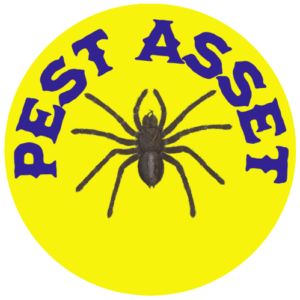Understanding Bed Bug Infestations
When it comes to bed bug infestations, homeowners often find themselves in a race against time and these resilient pests. Finding the right bed bug treatment is crucial not only for your peace of mind but also for the well-being of your home. In this comprehensive guide, we’ll delve into the various aspects of bed bug treatment costs and strategies to help you make informed decisions.
Signs of Bed Bug Infestations
Bed bugs are notorious for their ability to hide in cracks and crevices, making them elusive and challenging to eliminate. Understanding the severity of your infestation is the first step towards determining the most suitable treatment. Common signs of bed bug infestations include:
- Bite Marks: Small, itchy red welts on your skin, often arranged in a linear or cluster pattern.
- Blood Stains: Tiny rust-colored spots on your sheets or mattress.
- Fecal Stains: Small, dark, and ink-like marks on bedding or nearby surfaces.
DIY vs. Professional Bed Bug Treatment
DIY Methods
DIY bed bug treatment options can be a cost-effective starting point. These include:
- Cleaning and Decluttering: Reduce hiding spots by decluttering your home.
- Washing and Drying: Wash infested bedding on high heat and dry it thoroughly.
- Vacuuming: Regularly vacuum your home, focusing on areas where bed bugs hide.
While these steps can help in minor infestations, they may not be sufficient for larger or persistent problems.
Professional Bed Bug Treatment
For extensive infestations, seeking professional help is often necessary. Professional treatments may include:
- Chemical Treatments: Experienced exterminators use insecticides to target bed bugs effectively.
- Heat Treatment: Utilizing high temperatures to kill bed bugs and their eggs without chemicals.
- Steam Treatment: Using steam to penetrate cracks and crevices, eliminating bed bugs.
The choice between DIY and professional treatment depends on the severity of your infestation and budget considerations.
Factors Affecting Bed Bug Treatment Costs
Infestation Severity
The more widespread the infestation, the higher the treatment cost. Extensive infestations often require multiple treatments, increasing overall expenses.
Treatment Type
Different treatment methods come with varying costs. Heat treatments and professional extermination tend to be more expensive than DIY approaches.
Home Size
The size of your home directly impacts treatment expenses. Larger homes require more time and resources for complete eradication.
Location
Regional variations in bed bug treatment costs are common. High-demand areas may have higher service charges.
Average Bed Bug Treatment Costs
On average, homeowners can expect to pay between $500 to $1,500 for bed bug treatment. However, it’s important to note that costs can vary significantly based on the factors mentioned above.
- DIY Costs: DIY methods can range from $50 to $500, depending on the products used.
- Professional Costs: Professional treatments typically start at $500 and can go up to $5,000 or more for severe infestations.
Cost-Saving Tips
Early Detection
Detecting bed bugs early can save you money. Regularly inspect your bedding, furniture, and other potential hiding spots.
Comparison Shopping
Obtain quotes from multiple pest control companies to ensure you get the best value for your specific situation.
Prevention
Invest in bed bug-proof mattress covers and take preventive measures to avoid future infestations.
Conclusion
In conclusion, bed bug treatment costs can vary widely based on several factors, including infestation severity, treatment type, home size, and location. It’s crucial to assess your situation carefully and consider the long-term value of professional treatment. Early detection and prevention are key to minimizing expenses. By following these guidelines, you can make an informed decision and protect your home from these persistent pests.
Remember, the key to effective bed bug treatment is early detection, informed decision-making, and proactive prevention.



